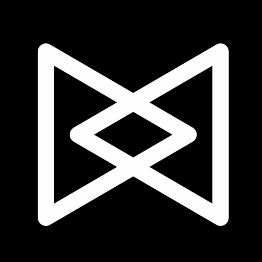FAQs
- What should the customer know about your pricing (e.g., discounts, fees)?
As a Building Designer, my pricing is different than a typical architect's fees which are commonly 10% or more of construction costs. After learning about your project, I'll provide you with a detailed proposal that lays out three phases of work: Discovery Phase, Development Phase and Documentation Phase. For each Phase I'll provide a range of time that, in my experience, will be sufficient to complete the work. This gives you an idea of the low range and high range of cost, and typically projects fall somewhere in the middle, unless extra scope is added. The idea is to charge fairly for my efforts, and to give you an idea of what to budget for. I never want a client to feel like they're "on the clock," and at the same time, I can't devalue my CAD and communication efficiency. This hourly rate with an estimate approach works well for both parties. I'm also happy to arrange a fixed rate for customers who need to plug in a budget number.
- What is your typical process for working with a new customer?
I always like to have a ten minute phone call with new customers to make sure I can provide what they need, and we're both comfortable with the chemistry and communication. I like sending specific samples of my work that speak to the project at hand so the customer has a clear picture of the process, and what to expect as an end product. After the phone call, I appreciate a site visit to meet in-person, view the property, and talk in more detail about the goals and vision. I'm want customers to feel they can reach out at any time with questions or concerns, or with some piece of inspiration to share.
- What education and/or training do you have that relates to your work?
My education has been primarily from experience building houses and fabricating metal, concrete and wood pieces for houses. I took courses on Timberframing, Ecological Design, Permaculture, and Home Design among others at Yestermorrow Design Build School in Warren, VT. I've learned from reading books (like A Pattern Language), collaborating with peers, and following countless industry thought leaders.
